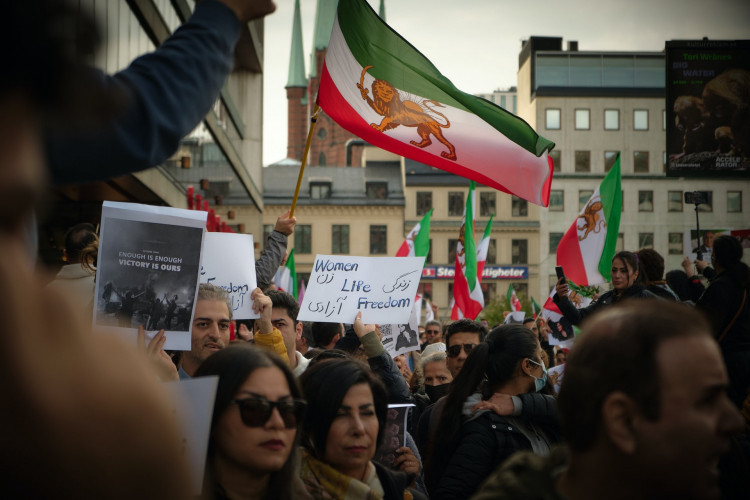As their government attempts to quell protests, Iranians are flocking to programs developed to assist citizens of blacked-out nations in connecting to the internet.
According to analysts, demand for virtual private network apps in Iran has increased by over 3,000% since Iranian authorities attempted to limit in-country access to WhatsApp and Instagram on Sept. 21.
Top10VPN researchers independently recorded a large surge in the use of VPNs, which are commonly used to avoid internet censorship measures. Researchers tracked the rise from Sept. 22 to Oct. 3.
"Demand for VPN services to circumvent the social media blocks rocketed by 2,164% on Sept. 22 compared to the 28 days prior. VPN demand rose further still in the following days, peaking at 3,082% higher than before the protests on Sept. 26," Top10VPN's head of research, Simon Migliano, said in an update.
Since the recent peak, according to Migliano, the average daily demand for VPN services has remained extremely strong and is at 1,991% more than the typical baseline.
The Iranian government has made it a priority to stop demonstrators from planning, communicating, and documenting violent crimes online.
As demonstrations grew, the U.S. updated its sanctions policy to let American technology companies support efforts to link Iranians to the internet.
Elon Musk also suggested that, as it has in Ukraine, his Starlink satellite-based internet service provider could be of use.
However, as the Intercept and others have pointed out, the Starlink service requires its own proprietary gear receivers, and the Iranian government is unlikely to allow such dishes to be sent across its borders.
The government's current censorship attempts are in response to the nationwide protests following the death of 22-year-old Mahsa Amini at the hands of morality police in Iran.
Amini was arrested on Sept. 13 by morality police in Tehran, who enforce the Islamic Republic's rigorous dress code, for reportedly wearing the required Islamic headscarf too loosely. She passed away three days later after going into a coma.
Despite Amini's family's claims that she had no prior history of heart disease, police reported that she had a heart attack. Later, Amini's father indicated that she had bruises on her legs.
Amini's birthplace of Saqez, Kurdistan, saw protests break out on Sept. 17 during her funeral, and they have since persisted all throughout Iran and the world. In response, the Iranian government has blocked a number of websites and throttled internet access during specific times.
Iran has already blocked thousands of websites, and since 2016, censorship measures there have substantially increased.





